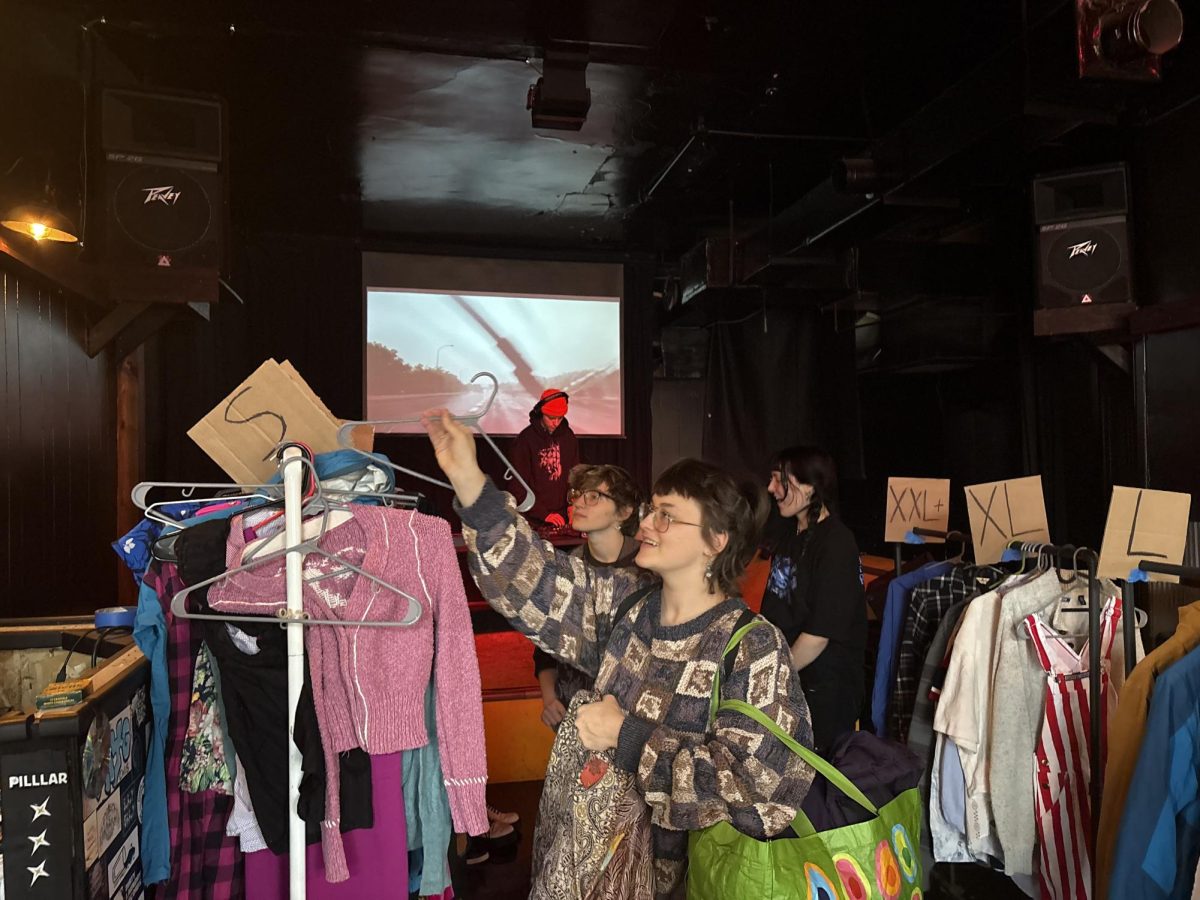Technology is supposed to make things easier, but try telling that to the judges for the Minnesota National Print Biennial. Visual art is no longer confined to analog media such as pencils and watercolors. Artists can now use digital technology to create masterpieces that are still innovative and compelling, despite the fact that they are created with the aid of a computer. Lithographs and engravings now have to compete with these techniques, but it’s a battle that might produce some of the most astonishing art of our era.
The exhibit is based in Minnesota, but the biennial is not exclusive to Midwestern artists. One hundred and one artists from 36 states won a spot in the gallery, and the quality of art in the exhibit suggests that the judges must have had quite a time picking and choosing among so many outstanding pieces.
Many pieces reflect the artist’s views of society, whether it’s a fond recollection of Americana or a frank look at a rough area of a suburb. A print by Washington resident Matthew Clay-Robison titled “Rush Hour, Columbia Heights” outlines a daily commute through one of Washington’s busiest districts. At the center of the large woodcut is an illustration of a beer bottle being broken on someone’s head. Five vertical images, like ones taken out of a child’s flip book, line one side of the artwork.
Behind these scenes is a bird’s-eye view of a busy street with cars backed up, irate people getting out of their vehicles and things starting to escalate toward violence. Clay-Robison uses colors that are vivid yet depressing; the colors separate the scenes, but the piece includes overtones of something between disapproval and sorrow.
“Highway of Death Series: Ages 10 and Up” by David Brodeur could be funny if the reality wasn’t so striking. The two large ink-jet prints are placed side-by-side, and the bright colors are reminiscent of 1940s war posters. The prints highlight exploded drawings of a machine gun and an A-10 “Warthog” tank-destroyer warplane; in the one subtitled “We Bring Good Things,” an empty shell casing lies atop the General Electric, emblem, and the GE slogan minus the last word appears in the bottom corner. The intentional deletion of “life” in a piece that matter-of-factly shows the construction of a weapon of war is a straightforward message in a world of power struggles and ideological conflicts.
Cynthia Lollis and Annette Gates’ work “Saints Days” seems like a retro Mad Libs card game. The slats in the screen-printed accordion book have informational text on the top with an empty space near the bottom so that one of the saint cards can be inserted to finish the phrase. The cards can be mixed and matched in the slots to suit anyone’s fancies, except maybe the administrators at Catholic schools. “Saints Days” slyly pokes fun at the number of saints, what they did to become saints and the various people and problems of which they are patrons.
The exhibit showcases a marvelous blend of centuries-old art forms (as well as those that still have training wheels), a variety of subjects and a mix of techniques. Minnesota might play host for this exhibit, but the show is a coast-to-coast collection that will carry the tradition of printmaking far into the future.







